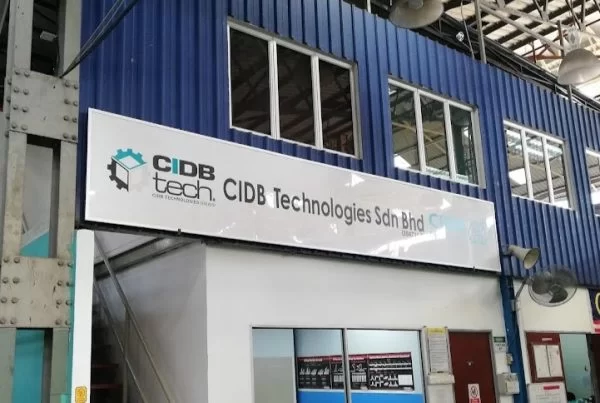
Cybersecurity has become a crucial concern for the construction industry, which, until recently, was considered “immune” to such threats. However, as the industry becomes more digitally focused and adopts technologies like machine learning and robotics, it’s increasingly becoming a target for cybercriminals.
The construction industry’s cybersecurity risks have grown, partly because it has historically not been a focus area for many companies in this sector, leading to a need for robust cybersecurity measures.
One of the most significant threats in the construction industry is ransomware attacks. These attacks can lead to losing control over systems and data, leading to halted operations and significant financial losses. For example, the Colorado Department of Transportation and global construction materials supplier Saint Gobain have experienced major disruptions due to ransomware attacks, resulting in substantial financial impacts.
Moreover, the construction industry is vulnerable to fraudulent wire transfers, often targeted through business email compromise (BEC) scams.
To address these challenges, it’s essential to prioritise cybersecurity from the start. Training programmes on digital literacy and cybersecurity should be implemented for all employees. This involves educating the workforce about common threats and how to identify and respond to them.
A zero-trust security model is recommended, ensuring strict verification of every employee and limiting access to systems based on necessity. It’s also crucial to have protocols in place for when employees leave the project to prevent unauthorised access later.
Furthermore, companies should invest in cyber liability insurance to mitigate the damage in case of data breaches and ensure regular malware and antivirus software updates on all devices. Complex passwords and regular updates are fundamental to cybersecurity on construction sites.
These measures are vital for protecting the company’s financial and intellectual assets and safeguarding the safety and privacy of employees and clients involved in construction projects.
Article 1: Forging a Greener Framework: The Quest for Sustainable Steel in Construction
Article 2: Bending Steel Towards Sustainability: The Rise of Green Production Techniques
Article 4: Charting the Steel Industry’s Green Blueprint: The Future of Sustainable Construction














